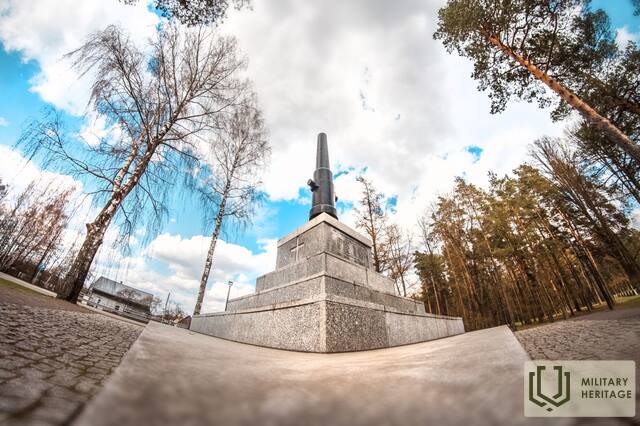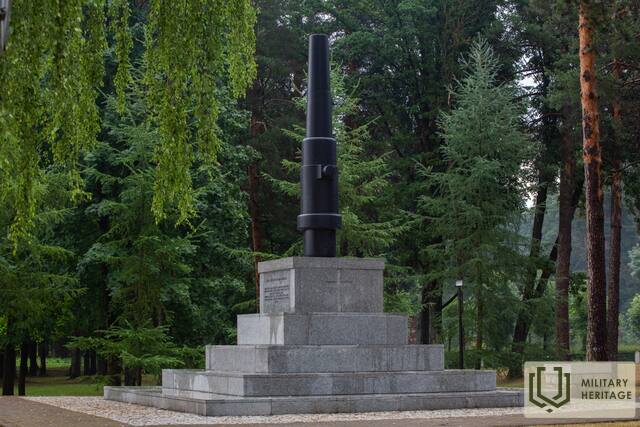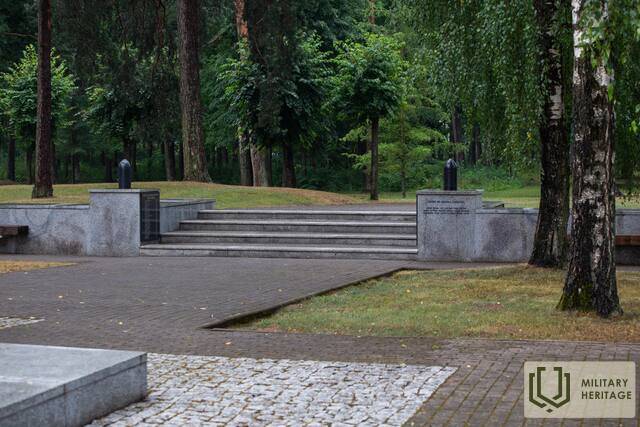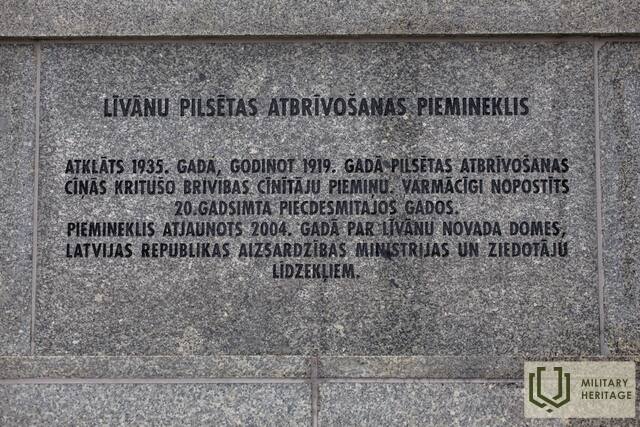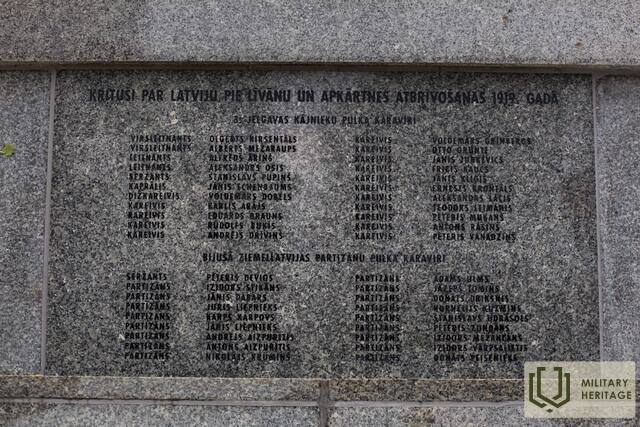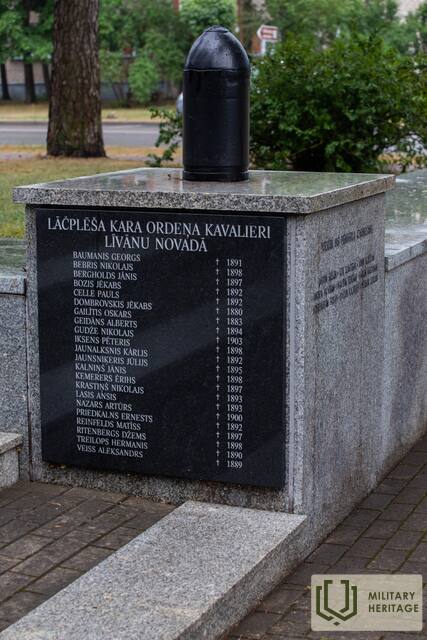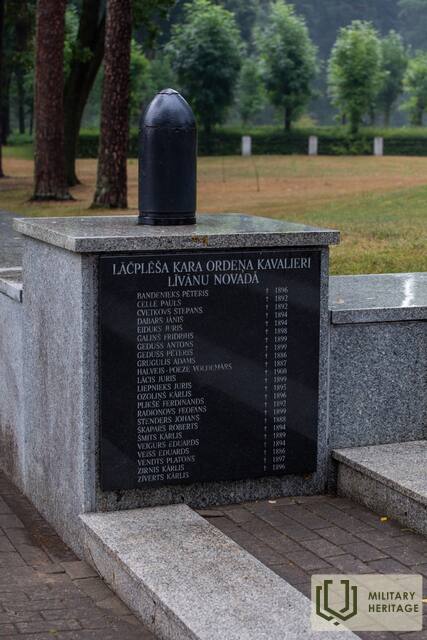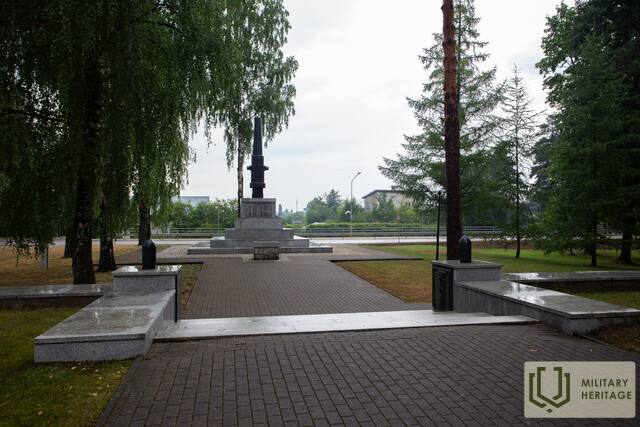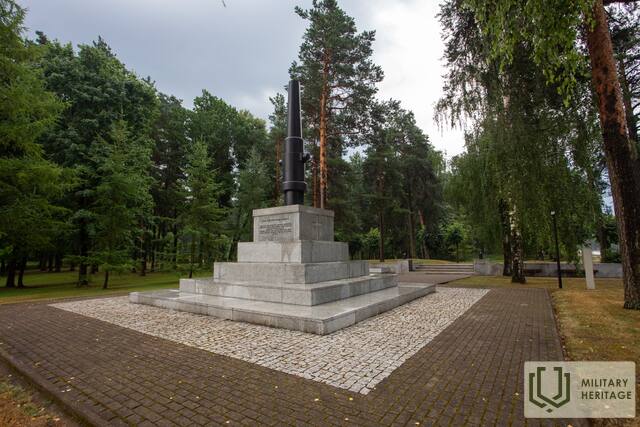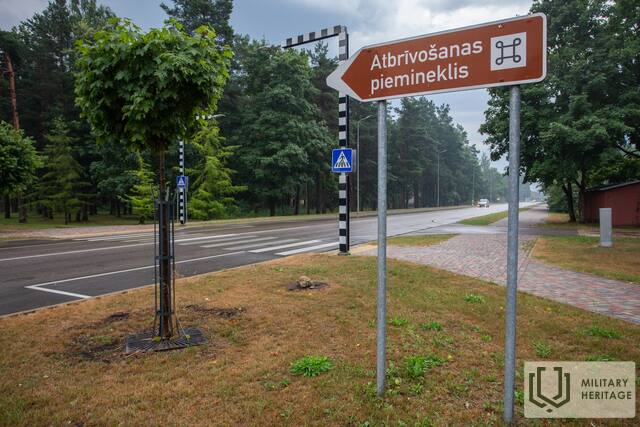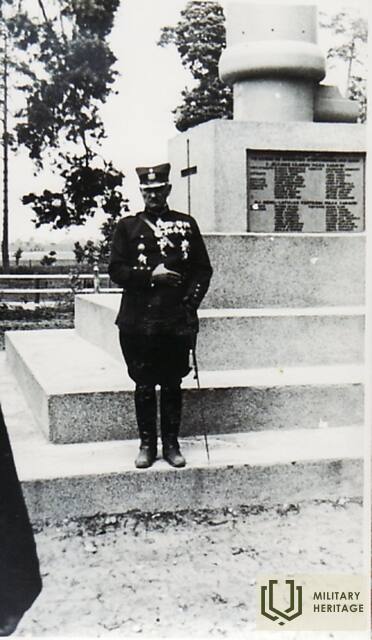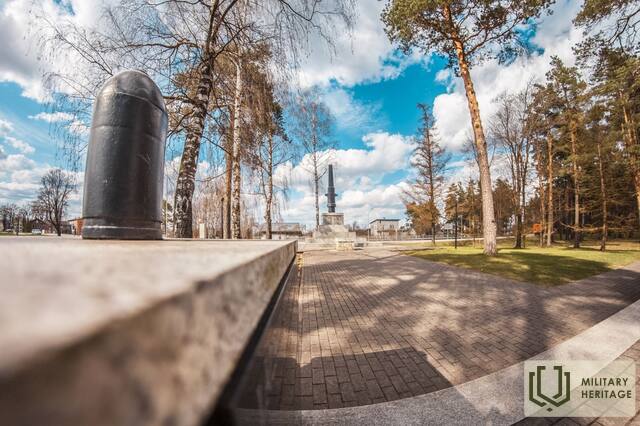Livani išlaisvinimo paminklas Memorialinė vieta

Paminklas yra Fabriko ir Stacijos gatvių sankryžoje, kur jį 1935 m. birželio 9 d. atidengė generolas Rūdolfas Bangerskis, pagerbdamas 1919 m. Lyvanų išvadavimo mūšiuose žuvusių karių atminimą.
Pagrindinis jo elementas – 15 tonų sveriantis vertikaliai pastatytas patrankos vamzdis. 1958 m. sovietų valdžia išardė Lyvanų laisvės simbolį, supjaustydama jį į metalo laužą. Gyventojai per visus sovietinius metus išsaugojo patrankos sviedinius, o po pusės amžiaus jie grįžo į ankstesnę vietą. Paminklo restauravimo idėja tarp žmonių gyvavo visus šiuos metus. Lyvanų krašto taryba kartu su gyventojais aktyviai dirbo restauruojant paminklą. Iš žmonių buvo renkamos aukos, o 2004 m. spalio 3 d. restauruotas Lyvanų išlaisvinimo paminklas buvo atidengtas istorinėje vietoje miesto parke.
Užrašas ant paminklo: „Jelgavos pėstininkų pulko kariai, žuvę už Latviją prie Lyvanų ir apylinkių išvadavimą 1919 m. Buvusio Šiaurės Latvijos partizanų pulko kariai.“
Toliau pateikiami kareivių ir partizanų vardai.
Netoliese įrengtos atminimo lentos Lyvanų rajono Lačplėsio karo ordino kavalieriams.
Paminklo projekto autorius buvo architektas Pāvils Dreimanis.
1919 m. spalio 3–5 d. Līvānų mūšis
1919 m. spalio 3 d. bolševikai patyrė stiprų smūgį fronte netoli Lyvanų. Lyvanų puolime dalyvavo 3-iojo Jelgavos ir 4-ojo Valmieros pėstininkų pulkų daliniai, taip pat Latvijos vokiečių landesvero (buvusio Landesvero) daliniai. Artilerijos remiami, 3-iojo Jelgavos pėstininkų pulko daliniai persikėlė per Dauguvą. Po sėkmingo persikėlimo prasidėjo visą dieną trukusios Lyvanų kautynės. Apie 17:30 val. buvo užimta Lyvanų stotis, o po valandos – perbraukti tiltai per Dubnos upę. Jungtinės pajėgos sugebėjo išstumti bolševikus iš Lyvanų, ir iki 19:00 val. miestas buvo visiškai išlaisvintas. 1919 m. spalio 5 d. bolševikai bandė atgauti Lyvanus, puldami naujas 3-iojo Jelgavos ir 4-ojo Valmieros pėstininkų pulkų pozicijas. Latviai sunkiai išlaikė užimtas pozicijas. Tai buvo pirmasis rimtas ir sėkmingas išpuolis Rytų fronte nuo 1919 m. liepos iki spalio mėn.
Būdami prie Lyvanų išlaisvinimo paminklo, galite nuskaityti QR kodą ir pasiklausyti garso įrašo apie paminklo istoriją. Pasakojimą taip pat galite rasti „IziTravel“ platformoje ČIA . Pasakojimas prieinamas latvių ir anglų kalbomis.
Panaudoti šaltiniai ir literatūra:
www.visitlivani.lv/lv/ko-darit/kulturvesture/livanu-atbrivosanas-piemineklis
www.mil.lv/lv/latvijas-neatkaribas-kars




